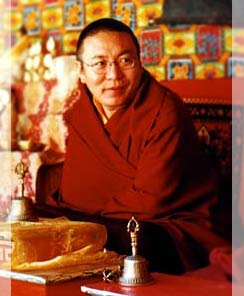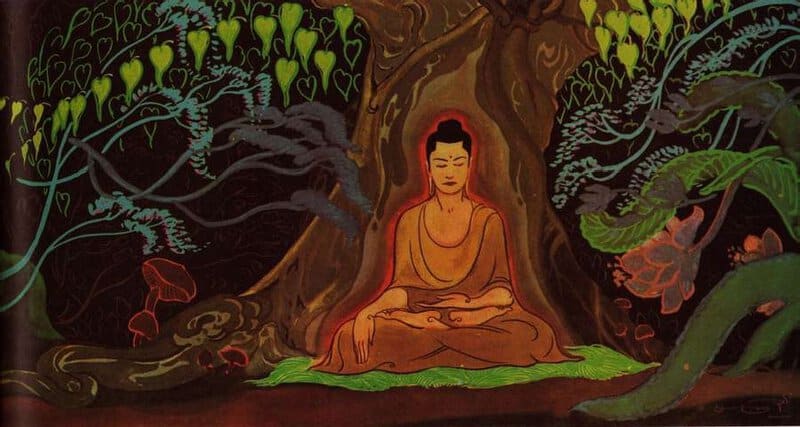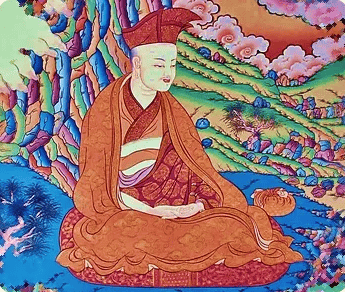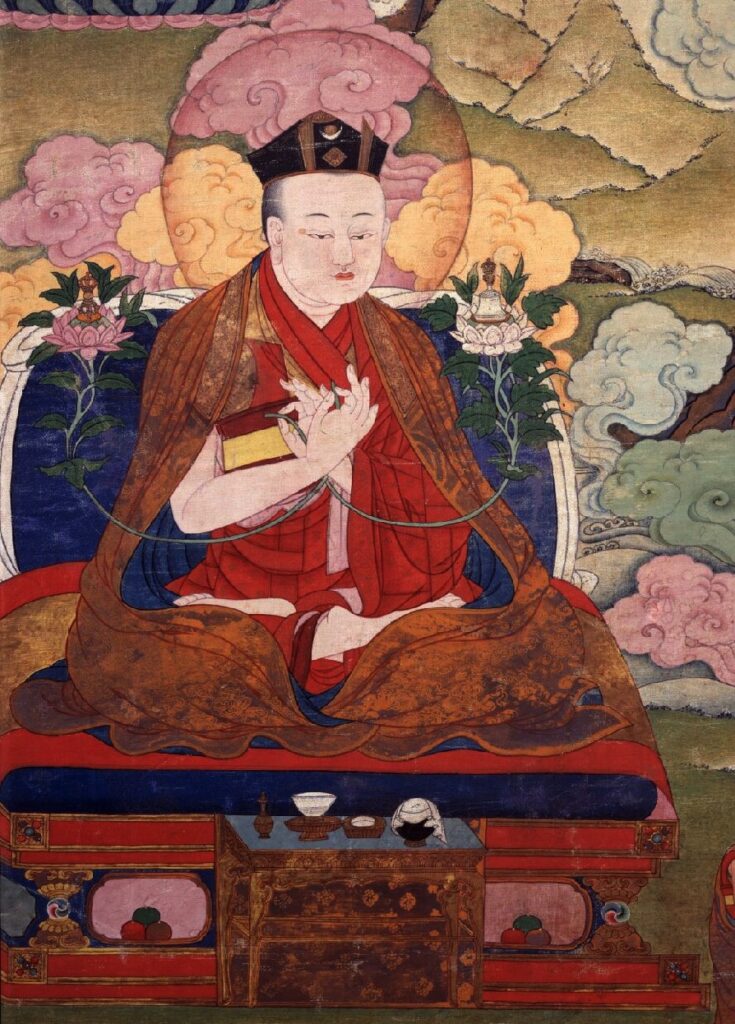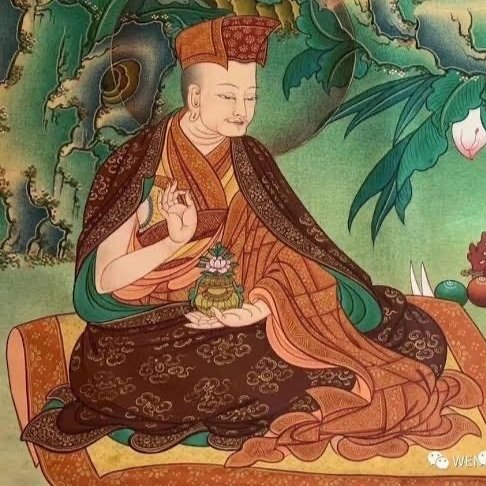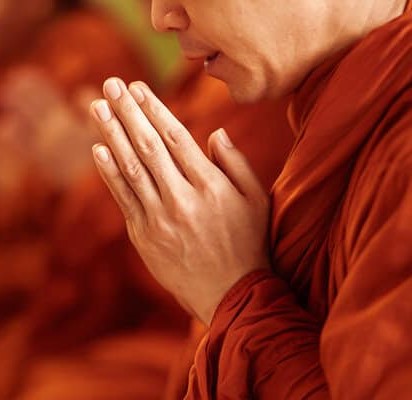Shangpa Rinpoche’s teachings on Chod
How often it’s stuck me over the years that I am ultimately blessed to have received the teachings on Chod from Shangpa Rinpoche! So often I’m at a particular place in my sadhana, and gratitude and joy flood through my mind, realising what an extraordinary thing this is, this Chod of Mahamudra practice. So often […]
Shangpa Rinpoche’s teachings on Chod Read Post »

